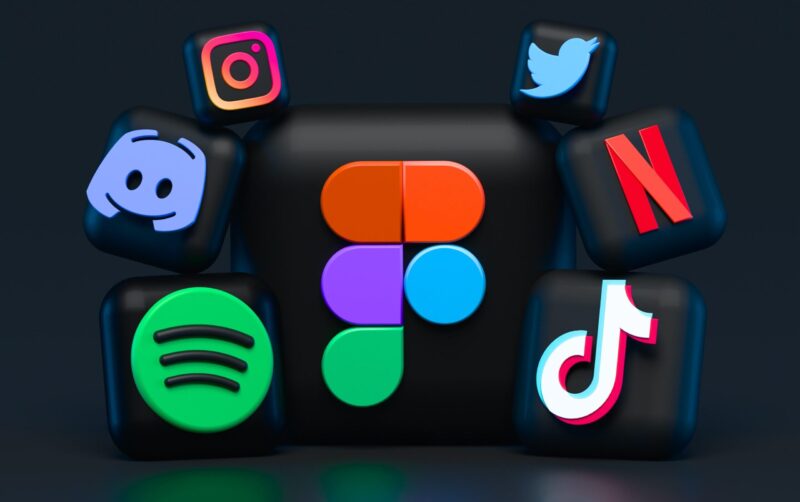While some tech company giants may be household names with billion-dollar valuations, there are more than a few that aren’t profitable yet. Some of these companies include music titan Spotify and the real estate website Zillow. It may seem unfathomable for a company to have such market share and popularity but to not be making money. Yet, it is surprisingly commonplace in tech investing. In 2018, CNBC noted that only 18% of tech companies that went public were profitable.
History has shown tech investors that sometimes the biggest financial gains require patience and big picture thinking. Amazon, a behemoth in the tech industry, was founded in 1994 and didn’t make a profit until 2001. Another example is Snap, owner of the popular messaging app SnapChat, which was founded in 2011 and has about 319 million daily users but only became profitable at the end of 2021. There’s also Facebook, which took five years to become profitable. These examples of tech companies that eventually provided mega returns to their patient investors paved the way for a culture where it is acceptable to wait years for a return on investment.
These start-ups are using investor money, sometimes for many years, to scale their business in the hopes that they will make huge profits in the years to come. Companies are often valued on their future value, not their current value. Their future value is often measured by the popularity of their service and their potential market share.
One company that has a huge market share and dominates the music space is the ubiquitous platform, Spotify. Despite having hundreds of millions of users, Spotify is another example of a company that has yet to become profitable. Currently, about 433 million people use Spotify at least once a month, with about 188 million being paid users. Spotify’s goal is to reach 1 billion users by the year 2023. If they continue growing their user base at the rate they are now, they will reach this goal. Investors are counting on this huge user base to translate to profits down the line. While users and data may not be actual money, they are highly valuable.
Uber, another huge company in the tech stratosphere, isn’t yet profitable either. In 2022, Uber posted a net loss of $9.14 billion, despite making $31.87 billion that year. While Uber made a ton of money in 2022, they still did not break even on all the investor money they had spent up until that point. However, their ridership numbers keep increasing and in February 2023, they reported having 131 million people using their service. Uber is expected to reach profitability by the end of 2023.
While it’s likely that Uber and Spotify will eventually become profitable due to their high user base, some companies may never return a profit. For instance, the direct to consumer mattress company Casper has yet to become profitable despite having grown to become a known and popular brand. In 2018, Casper reported a net loss of over $92 million. It also lost a significant amount of value. In 2019, Casper was valued at $1.1 billion, but is now valued at closer to $300 million. Investors, understandably, have been getting antsy, and in August 2022, Casper’s CEO Emilie Arel said, “We’re not in the business of not making money anymore.” They are now attempting to streamline the business overall, but there are no guarantees they will become profitable.
These unprofitable companies are able to sustain their business over the years through investor money, often from venture capital (VC) funds. Investors in unprofitable start-ups invest money because of their belief that if there are enough people using a product, you can eventually find a way to turn a profit. They understand that it takes time to scale a start-up, to build up a user base and create market visibility. Perhaps that will happen when the company hires a leader who may have the ability and knowledge to turn a profit from the product or service.
One might wonder why an investor would choose to take such a big risk and accept that a company they invest in may not be profitable for many years, if ever. Most of the time, these investors believe the business can scale and will eventually yield great financial returns, just like Amazon or Snap. These investors, who clearly have a stomach for uncertainty, are willing to accept negative cash flow if it means they may get substantial results in the future.





